Facebook Spaces is the most fun I've ever had in virtual reality
Facebook's new VR app is playroom and chatroom rolled into one
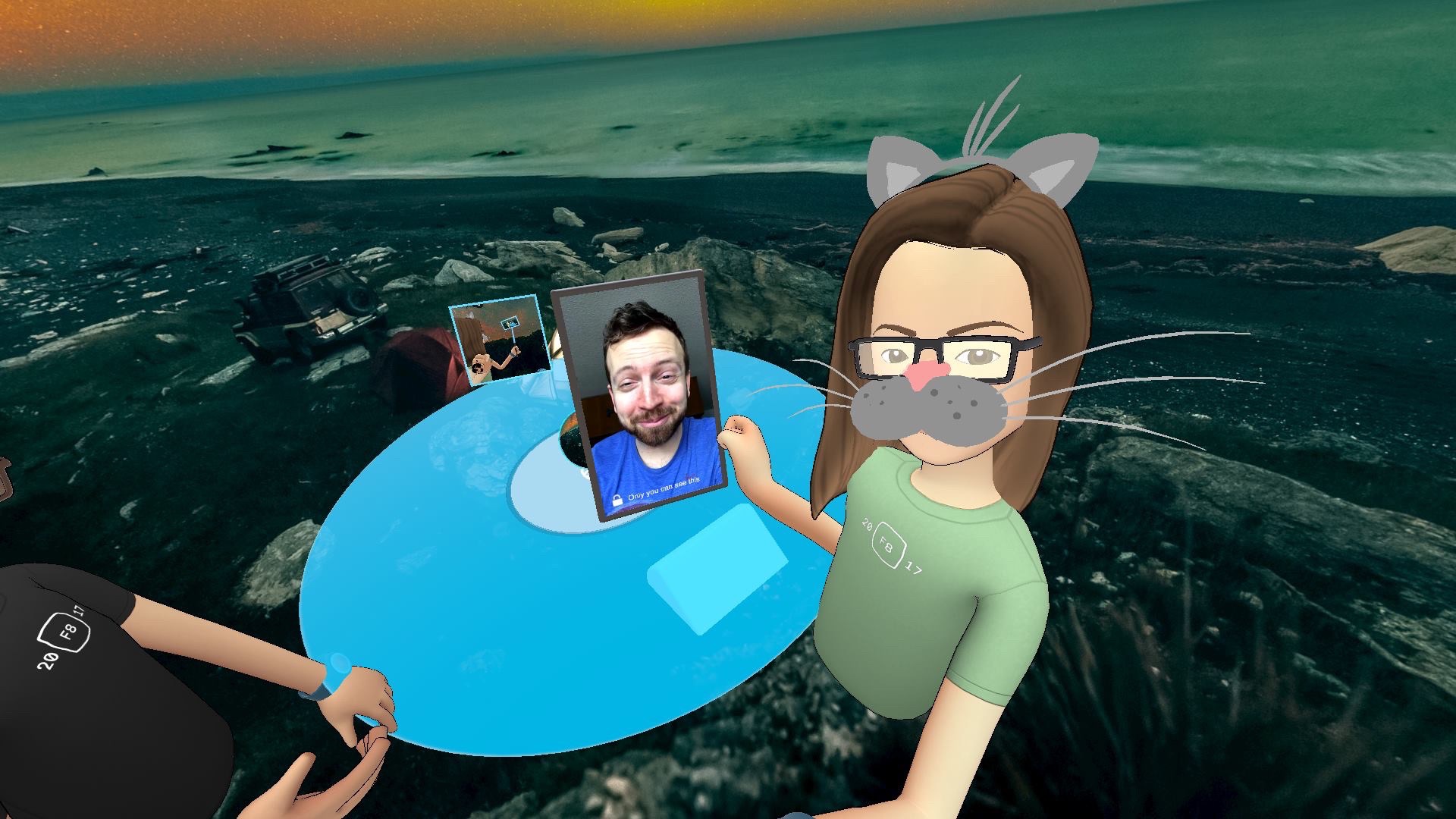
The biggest product unveiled at Facebook's annual developer gathering, known as F8, is Facebook Spaces. It's a virtual hangout app where you and up to three friends can travel to exotic locations, draw pictures, put silly masks on, and share selfies to post to Facebook. It's also the most fun I've ever had in virtual reality.
The concept is simple. First, you need an Oculus Rift headset and Oculus Touch controllers. Then you create a virtual avatar of yourself, sync your Facebook account with the Spaces application, and go into a sort-of homebase hang out room with your friends' avatars. In my case, my virtual tour guide and I were on the boardwalk at a theme park.
From there, anyone in the virtual room can grab a floating orb, each containing a different VR experience. Place the orb in the center of the blue table you're gathered around, and everyone is transported into the experience. This could be a paraglider flight over the Yosemite Valley, a bird's-eye view of Barcelona, a visit to The Shire in New Zealand, or swimming with sharks under the ocean.
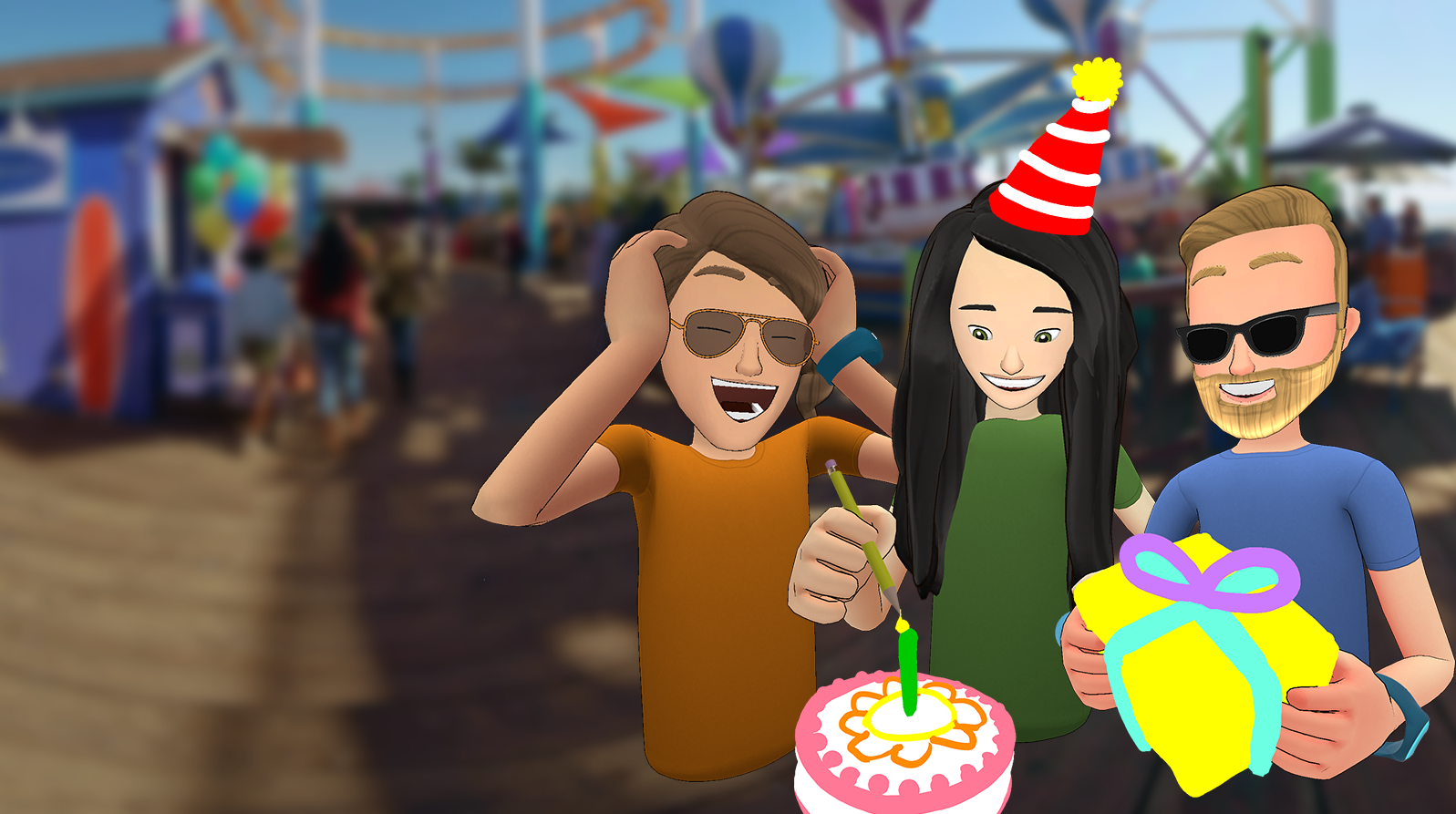
At your disposal are a set of tools in a panel in front of you, such as pencils that let you doodle in the air, or masks you can put on yourself or your companions. There's also a selfie stick, natch, which lets you snap selfies within the VR environment to post to Facebook.
Everything is controlled through Oculus Touch by grabbing, pointing and pressing virtual objects, the tools on the panel and buttons located on your wrists. For example, if you want to get rid of a doodle you just drew, grab hold of it, turn your wrist over, and press 'Clear'. If you want to share a selfie to Facebook, you do the same thing, but this time select 'Share' on your wrist.

Every tool and feature ran nearly flawlessly in my demo, and while there wasn't anything overly complex, the experience was enjoyable in its simplicity. Even better: for the first time ever, I actually had a connection with another person in virtual reality.
I had never met my virtual tour guide before, but by the end of my demo, I felt like I was hanging out with a friend in a virtual playroom and chatroom rolled into one, cheerfully jumping from place to place, having a conversation, drawing, and taking pictures. And if you've ever wondered what it'd be like to be a video game, I imagine this is what it feels like.
Get daily insight, inspiration and deals in your inbox
Sign up for breaking news, reviews, opinion, top tech deals, and more.
The common refrain is that virtual reality is a solitary experience, which it inherently is. With Facebook Spaces, suddenly there is another person in the same virtual room as me, seeing what I see, interacting with me.
This was incredibly satisfying, even if that other person was a cartoony avatar. Person-to-person interaction Spaces isn't, and this early version has its flaws, but this was by far the most connected I've ever felt in VR.
I'm calling you from virtual reality!
While hanging out with my new pal inside virtual reality was great, the most impressive Facebook Spaces feature is the ability to call a friend who isn't in VR using Facebook Messenger.
In my case, I rang up TechRadar's Senior Mobile Editor Matt Swider, and he was kind enough to take a call from virtual avatar Michelle. The connection was strong, the audio sharp, and I was impressed with the all-around quality of the video and voice feeds.
With Matt's real self coming through in a rectangle frame, I could grab hold of the frame and move it to show him different views of wherever I was. This would be useful if I wanted to show him 360-degree photos from my latest vacation, for example.
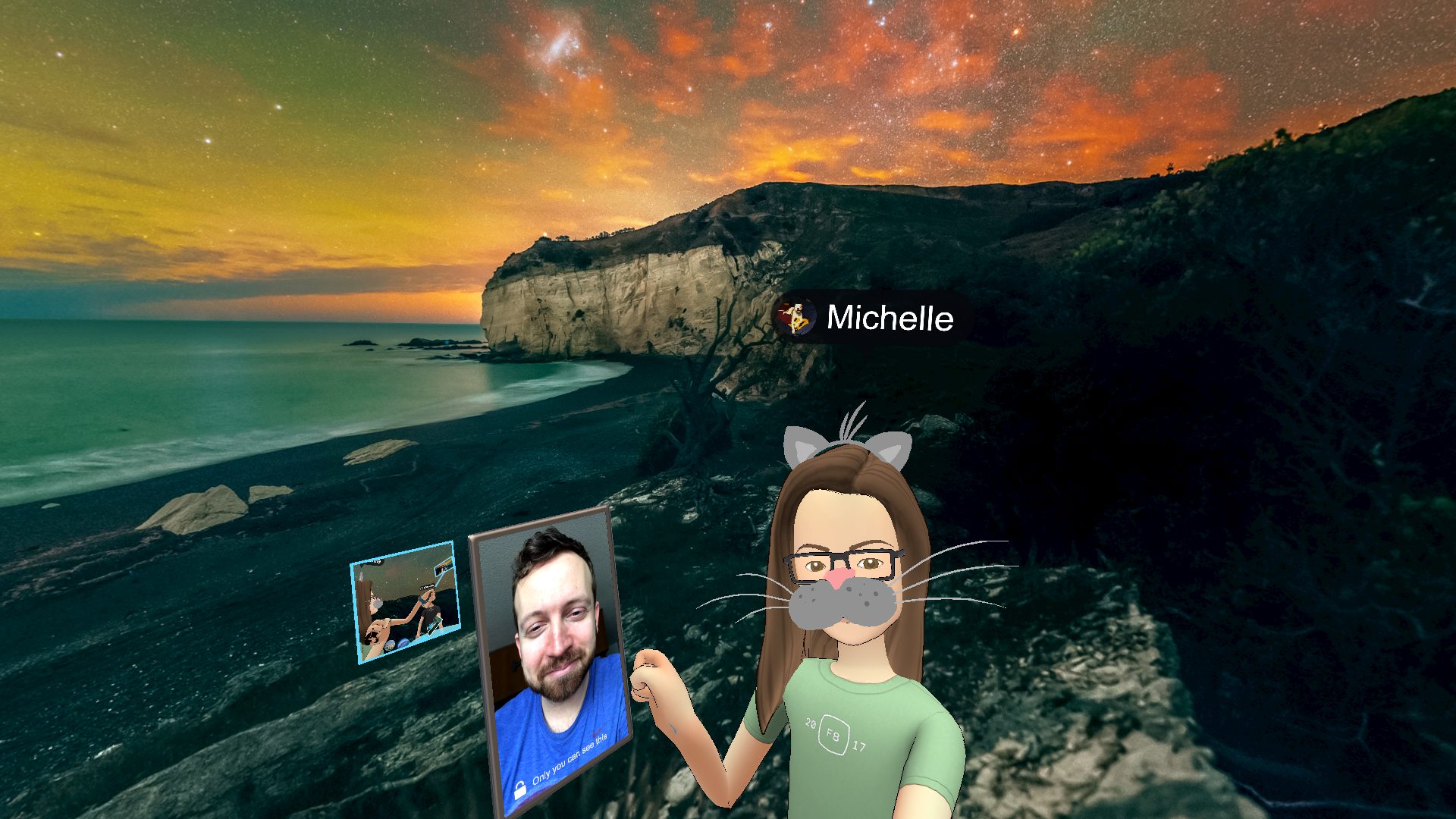
I could also hold onto Rectangle Matt and take a selfie of us both, then share it to Facebook, which I did. Though I didn't try it in my demo, Oculus representatives said I could receive a Facebook Messenger call inside Spaces, with a notification that someone is calling me popping up on my wrist. Other Facebook alerts will appear here as well, they said.
While I had a several minutes' long conversation with Matt inside Facebook Spaces, visiting exotic locations with him and snapping selfies, my virtual tour guide couldn't see or hear him (though, if I turned Matt in his direction, he could see my guide, and vice versa).
This makes sense as only I'm connected with Matt via Facebook, but it definitely raises the issue of being rude to your virtual companions while you have a private conversation with a friend.
The calling feature seems best suited for short chats where face-to-face communication is necessary, lest you leave your virtual companions to entertain themselves with doodles for too long. But it's a great way to bring people who don't have a virtual reality headset into a VR environment, blurring the lines between the virtual and physical for a practical purpose.
Space to grow
All this said, Facebook Spaces isn't perfect. Not that it claims to be; an early version is on display at F8, and Facebook will continue to add features as users get a hold of the app via Early Access in the Oculus Store.
One issue I raised is that you're stuck at the blue table in the middle of your Spaces group. You can switch places with someone next to you (though this may cause a tangle of wires, so be careful), but you can't all get up and go bobbing around a world together.
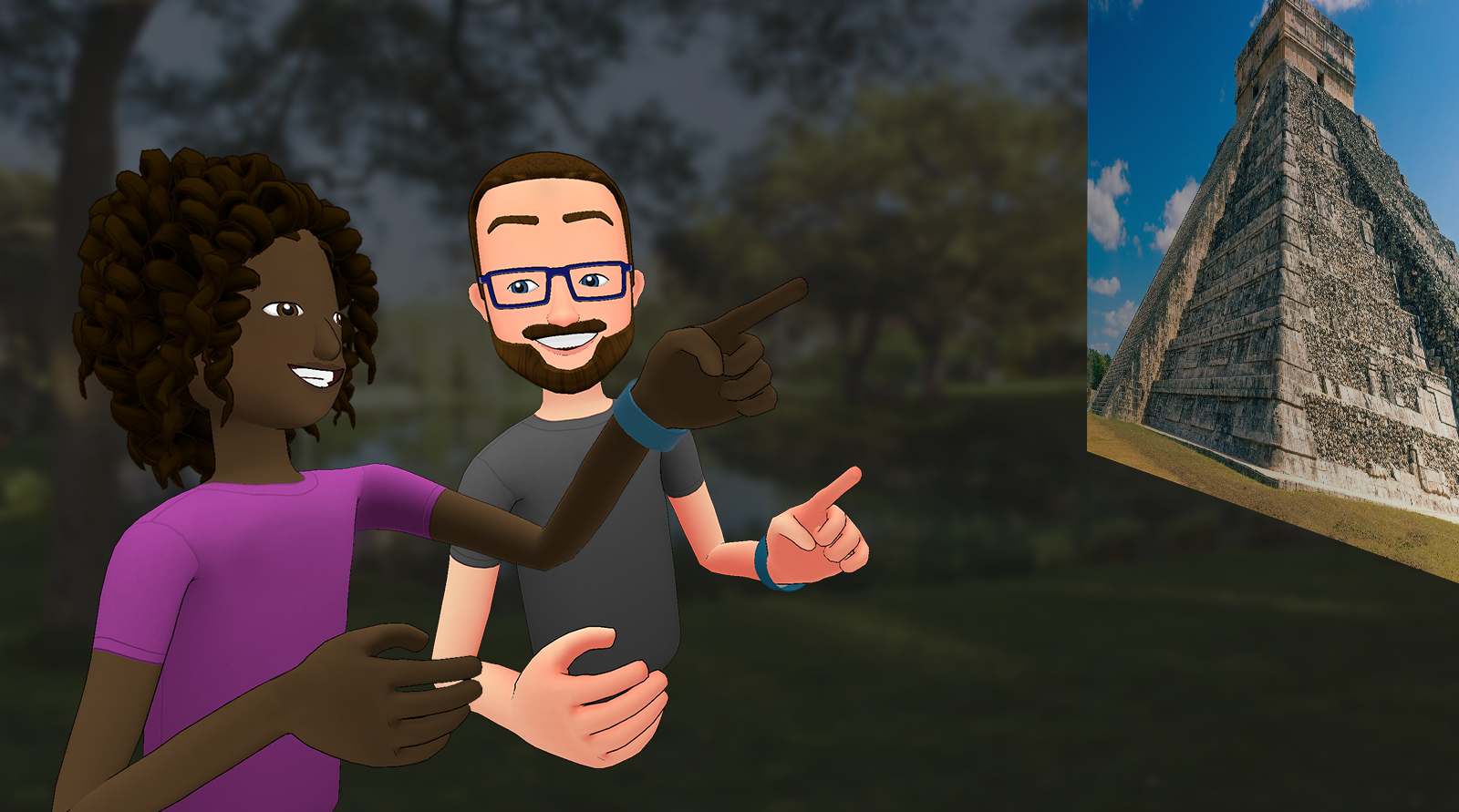
This may be something Facebook looks to change in the future, and I understand the safety constraints of keeping everyone stationary when wearing a tethered headset, but it feels like the experience could be that much more interactive if your group could explore away from the table.
While I can cope with staying still, my biggest problem with the Spaces experience is that you can't see yourself. You have no concept of "you" except when you take a selfie or look in a mirror tool. The effect is disorienting; I felt like a bodiless voice at the beginning of my demo, though this sensation lessened the more time I spent in the experience.
Of course, no system has mastered bringing your physical body into virtual reality, but in Facebook Spaces the feeling of disembodiment was heightened because of the other avatar's presence. When I have a conversation with someone in the real world, I'm aware of what I'm doing with my hands, my head, my legs, etc. To talk to someone (well, an avatar of someone) in virtual reality and not have that same sense of self – to not see my body or have any sense my movements were being mirrored in the virtual world – was disconcerting.
This is not necessarily Spaces problem to solve, but perhaps there are cues or reflections Facebook could introduce to help users (or maybe just me) feel like I actually still exist.
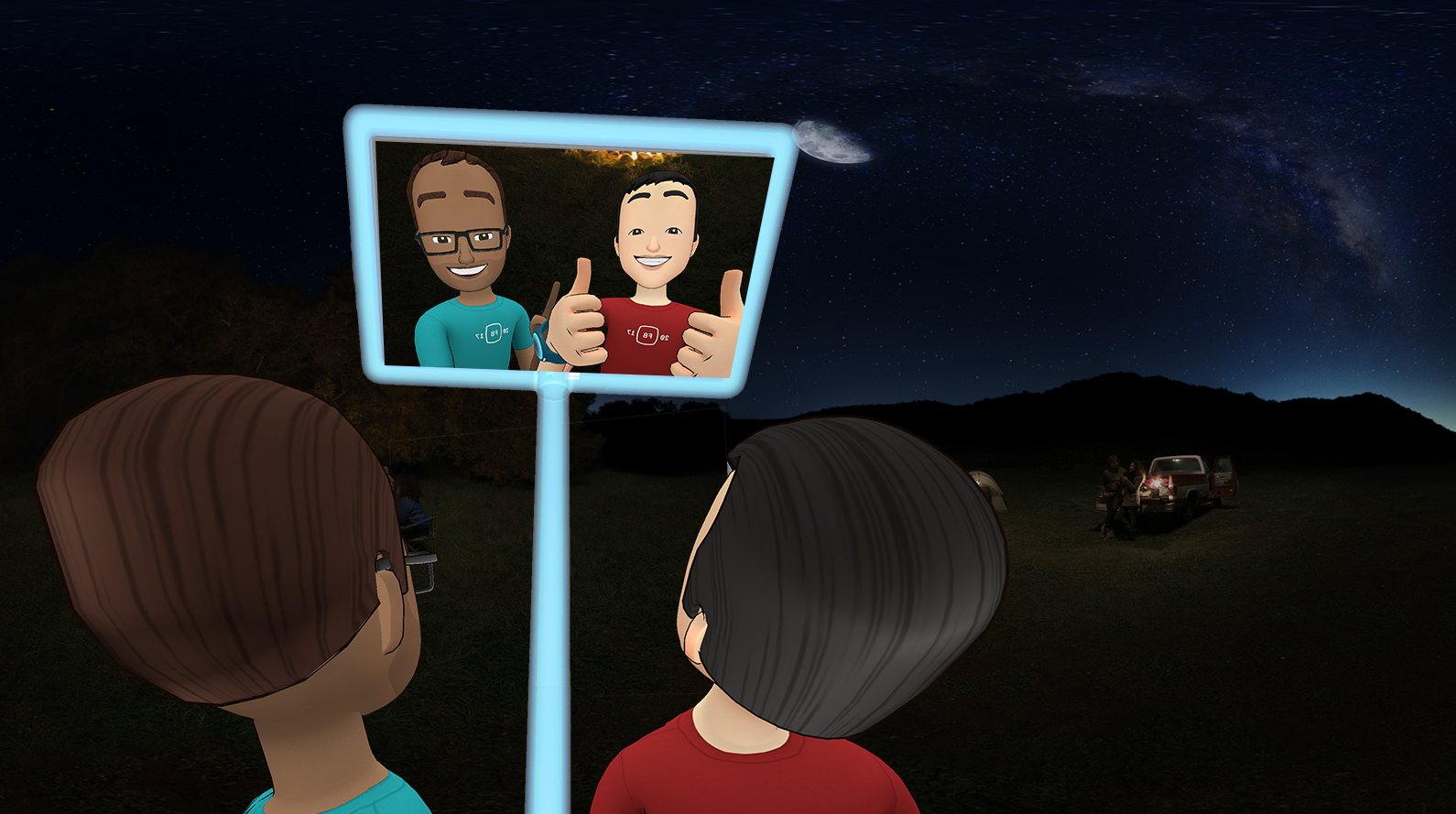
It's important to note that while Facebook Spaces avatars are more realistic than Oculus Avatars, they have no inherent gender and can be customized with different facial features and hairstyles to help users express their identify.
This will hopefully lead to an inclusive environment for anyone who uses Facebook Spaces, and Facebook also tells us it's listening to feedback on what it can do to help people express their identity in VR.
Facebook Spaces as-is feels like a fantastic start to something wonderful. It will only get better as more experiences are introduced and features are added, but if, like me, you felt something has been missing in VR, Spaces could be the social elixir we – and virtual reality – needed all along.
Michelle was previously a news editor at TechRadar, leading consumer tech news and reviews. Michelle is now a Content Strategist at Facebook. A versatile, highly effective content writer and skilled editor with a keen eye for detail, Michelle is a collaborative problem solver and covered everything from smartwatches and microprocessors to VR and self-driving cars.
